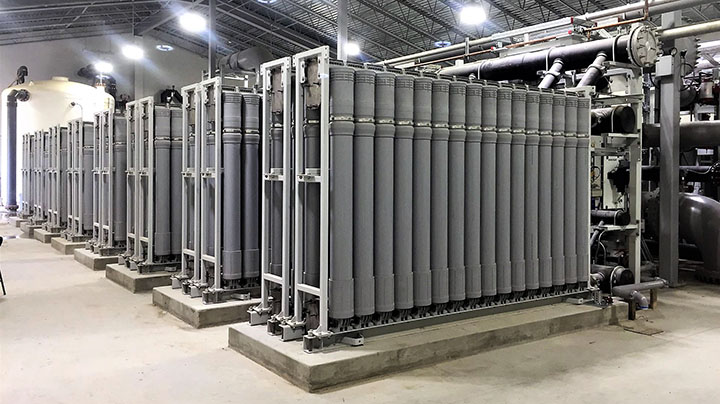PFAS use in water and wastewater treatment
The United Nations (UN) 2030 Sustainable Development Goal 6 (SDG 6) envisions universal access to clean water and sanitation. Nevertheless, the UN estimates that a third of the world’s population is water deprived. This global issue is being driven by population growth and urbanisation, agricultural intensification and industrialisation, and climate change. Furthermore, to satisfy a wide array of end uses – such as irrigation and domestic use, clean water is bound to strict regulation and must comply with stringent quality standards in many countries.
Over the last two decades, communities have been increasingly relying on two membrane-based water treatment technologies – microfiltration (MF) and ultrafiltration (UF) – to ensure their water meets the high demanding use requirements. These two processes work to remove harmful pathogens, viruses and undesirable residues from water sources. At present, the material presenting the best technical, environmental and sanitary properties as well as being the most cost-effective solution for MF/UF is the PFAS polyvinylidene fluoride (PVDF). Around 80% of the materials used for MF/UF membranes in countries such as France and the United Kingdom are prepared with PVDF.
The socioeconomic impact of prohibiting the use of PVDF in MF/UF would be significant, and a transition away from this substance would require decades. Currently, PVDF-based MF/UF membranes generate approximately EUR 31 millions of water value by processing approximately 10,780 million litres of water or wastewater. In Europe alone, which accounts for approximately 28% of MF/UF installed capacity, the cost of prohibiting PVDF could be estimated at approximately EUR 25.8 million per day.

